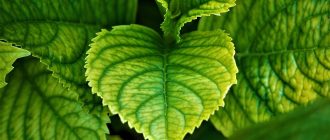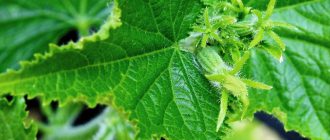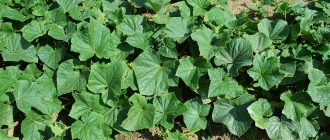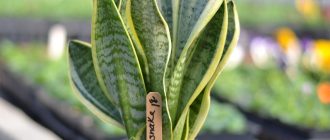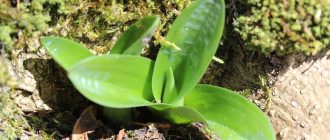Discovering unsightly brown spots on your lemon tree leaves can be disheartening. However, with the right knowledge and proactive approach, you can effectively tackle this issue. Brown spots can arise from various causes, including fungal diseases, insect infestations, nutrient deficiencies, environmental stress, and physiological disorders. In this comprehensive guide, we will explore each of these factors, providing insights on how to identify the signs, address the underlying problems, and implement preventive measures to keep your lemon tree healthy and vibrant.
5 Reasons
Brown spots on lemon tree leaves can be caused by several factors. Here are some of the most common causes:
- Fungal Diseases: Various fungal diseases can cause brown spots on lemon tree leaves. One common fungal infection is citrus canker, which leads to raised brown lesions on the leaves. Another fungal disease is brown spot, caused by the fungus Alternaria alternata. It causes small brown spots that may expand and merge, resulting in leaf drop.
- Insect Infestation: Certain insects can cause damage to lemon tree leaves, leading to brown spots. Citrus leafminer larvae burrow into the leaves, creating winding tunnels that eventually turn brown. Aphids and mites can also suck sap from the leaves, causing discoloration and browning.
- Nutrient Deficiencies: Lack of essential nutrients can result in brown spots on lemon tree leaves. For example, a deficiency of magnesium can cause interveinal chlorosis, where the tissue between the veins turns yellow, followed by browning. Iron deficiency can also lead to brown spots on the leaves.
- Environmental Stress: Extreme weather conditions, such as excessive heat or cold, can cause brown spots on lemon tree leaves. Overexposure to sunlight without adequate water can result in leaf scorch, leading to brown spots. Frost or freezing temperatures can also damage the leaves, causing browning.
- Physiological Disorders: Some physiological disorders can cause brown spots on lemon tree leaves. For instance, water stress or overwatering can result in leaf necrosis and browning. Herbicide damage, such as from accidental spray drift, can also cause brown spots on leaves.
It is important to closely examine the affected leaves and consider other symptoms or signs to determine the exact cause of the brown spots. Proper identification of the underlying issue will help in implementing the appropriate treatment or preventive measures.
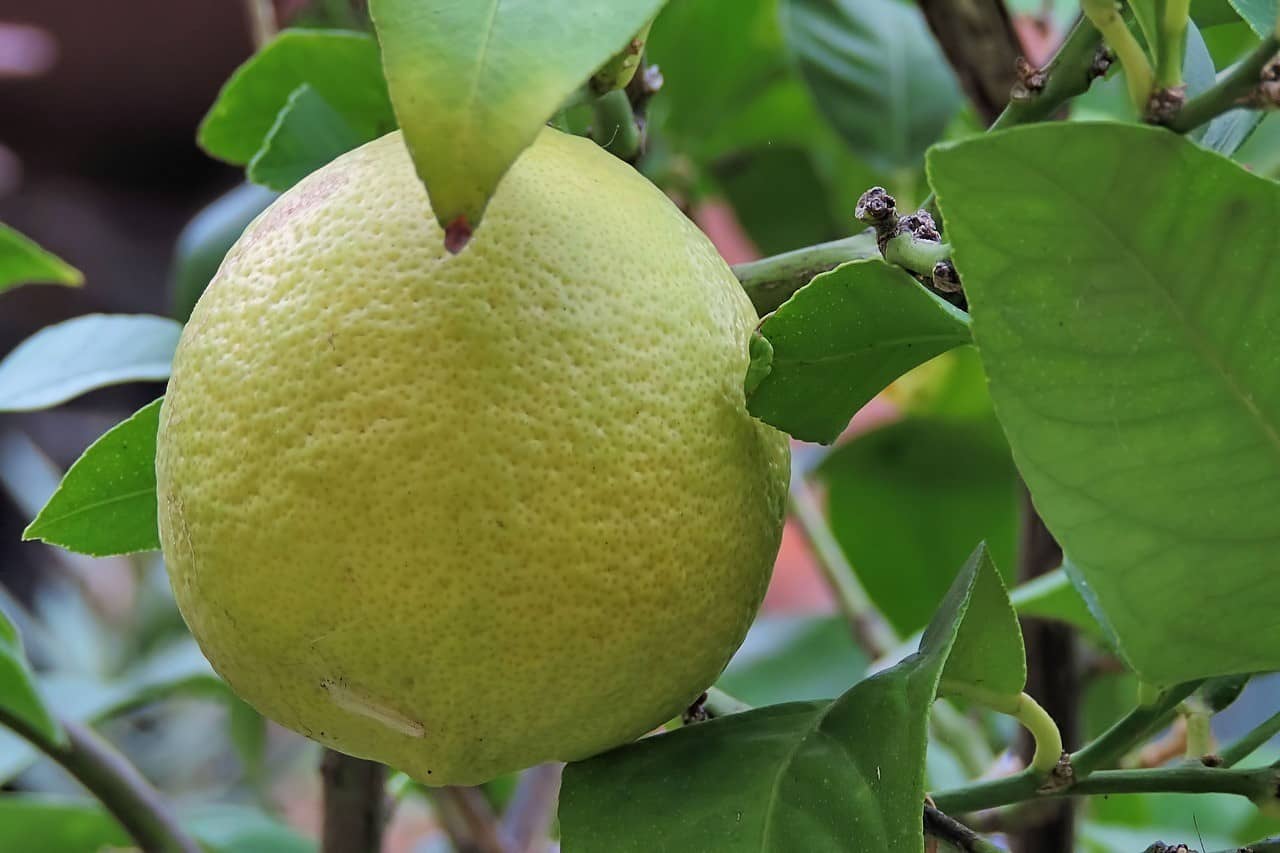
Fungal Diseases
Fungal diseases can wreak havoc on lemon tree leaves, causing those unsightly brown spots. Fortunately, by being vigilant and taking appropriate action, you can help your lemon tree recover its lush green glory.
Signs of fungal diseases typically include raised brown lesions or small brown spots on the leaves. One common culprit is citrus canker, which creates bumpy brown growths on the foliage. Another troublemaker is the fungus Alternaria alternata, which causes small brown spots that can expand and merge, leading to leaf drop.
To tackle fungal diseases and their brown spots, follow these steps:
- Prune affected leaves: Start by pruning the infected leaves and branches, making sure to sanitize your pruning tools between cuts. This prevents the further spread of the fungus to healthy parts of the tree.
- Improve air circulation: Fungi thrive in humid environments, so ensure proper air circulation around your lemon tree. Trim any neighboring plants or branches that may obstruct air movement and limit excess moisture.
- Practice good sanitation: Clean up fallen leaves and debris around the tree regularly. Fungal spores can linger on the ground and reinfect the tree, so removing them helps prevent recurrence.
- Apply fungicides: Consult with a local gardening expert or your nearest nursery to identify a suitable fungicide for your specific fungal problem. Follow the instructions carefully when applying the fungicide to protect your tree and yourself.
- Maintain proper watering and fertilization: Avoid overwatering, as excess moisture can create a favorable environment for fungal growth. Ensure that your lemon tree receives adequate water without becoming waterlogged. Additionally, provide the tree with balanced fertilization to support its overall health and resilience.
Insect Infestation
Insects can be sneaky little troublemakers, causing brown spots on the leaves of your beloved lemon tree. But fear not, for there are ways to identify the signs of insect infestation and put an end to their leafy feast.
When it comes to insect infestation, keep an eye out for these telltale signs on your lemon tree leaves:
- Winding tunnels: If you notice winding tunnels snaking their way through the leaves, chances are you have a citrus leafminer problem. These tiny larvae burrow into the leaves, leaving behind brown trails as they munch away.
- Sucking pests: Aphids and mites are notorious sap-suckers that can cause discoloration and browning of lemon tree leaves. Look closely for clusters of these pesky critters on the undersides of the leaves.
To rid your lemon tree of these insect invaders and restore its leafy beauty, follow these steps:
- Manual removal: For smaller infestations, you can manually remove the affected leaves or gently wipe off the insects using a soft cloth or sponge. Remember to dispose of the infested material properly to prevent further spreading.
- Natural predators: Encourage the presence of beneficial insects in your garden, such as ladybugs or lacewings, which feed on aphids and mites. You can even purchase and release these helpful allies to combat the infestation.
- Insecticidal soap or oil: Treat your lemon tree with insecticidal soap or horticultural oil, following the product instructions carefully. These products suffocate and disrupt the life cycle of the insects, helping to control the infestation.
- Neem oil: Neem oil, derived from the neem tree, is a natural insecticide that can be effective against a range of pests. Dilute neem oil according to the instructions and spray it on the affected leaves to deter and eliminate insects.
- Maintain overall tree health: A healthy lemon tree is better equipped to defend against insect infestations. Ensure your tree receives proper watering, sunlight, and balanced fertilization to boost its natural resilience.
Nutrient Deficiencies
Brown spots on lemon tree leaves can sometimes be a sign of nutrient deficiencies, indicating that your tree’s diet needs a little boost. By understanding the signs and addressing these deficiencies, you can help your lemon tree thrive and keep those leaves green and healthy.
Here are some signs of nutrient deficiencies and how to fix them:
- Magnesium deficiency: One common culprit behind brown spots is a lack of magnesium. Signs include yellowing of the tissue between the veins, followed by browning. To remedy this, apply a magnesium supplement or Epsom salt (magnesium sulfate) around the base of the tree, following the recommended dosage. You can also spray a foliar spray containing magnesium directly on the affected leaves.
- Iron deficiency: Insufficient iron can lead to brown spots on lemon tree leaves. Look for yellowing leaves with green veins, followed by browning. To address this, apply iron chelate or iron sulfate to the soil around the tree. You can also use a foliar spray containing iron, which is absorbed directly by the leaves.
- Overall nutrient deficiency: If your lemon tree shows signs of general nutrient deficiency, such as stunted growth, pale leaves, and brown spots, consider using a balanced citrus fertilizer. Choose one specifically formulated for citrus trees and follow the instructions for proper application. This will provide a comprehensive mix of essential nutrients to support the overall health of your tree.
In addition to addressing nutrient deficiencies, ensure your lemon tree receives proper watering and sunlight. Over- or under-watering can impact nutrient uptake, so water your tree consistently, allowing the soil to dry out slightly between watering sessions. Place your lemon tree in a location that receives adequate sunlight for optimal growth.
By keeping a close eye on your lemon tree’s leaves and promptly addressing nutrient deficiencies, you can ensure your tree receives the necessary nourishment to thrive. This will help keep those brown spots at bay, leaving your lemon tree looking lush and healthy.
Environmental Stress
Environmental stress can take a toll on your lemon tree, leading to the appearance of brown spots on its leaves. Understanding the signs and taking appropriate action can help your tree recover and flourish in the face of challenging conditions.
Here are some signs of environmental stress and how to mitigate the brown spots:
- Heat stress: Excessive heat can cause brown spots on lemon tree leaves. Look for wilting leaves, scorching, and browning along the edges or between veins. To alleviate heat stress, provide shade during the hottest part of the day using shade cloth or by moving potted trees to a cooler location. Additionally, ensure your tree receives adequate water, as heat increases the tree’s water requirements.
- Sunburn: If your lemon tree is suddenly exposed to intense sunlight, it can result in sunburn and brown spots. Signs include brown patches or blotches on the leaves. Protect your tree from direct sunlight by providing shade, especially during the hottest hours. Gradually acclimate your tree to increased sunlight to avoid sudden exposure.
- Cold stress: Freezing temperatures or frost can damage lemon tree leaves, leading to browning and discoloration. Signs include blackened or browned leaves and limp foliage. Protect your tree from frost by covering it with frost cloth or bringing potted trees indoors during cold snaps. Planting in a sheltered location can also provide some protection against cold winds.
- Water stress: Both overwatering and underwatering can cause brown spots on lemon tree leaves. Overwatering can lead to root rot and nutrient imbalances, while underwatering can result in water stress and nutrient deficiencies. Ensure proper watering by allowing the top inch of soil to dry out before watering again. Adjust watering frequency based on the weather conditions and the tree’s specific needs.
- Nutrient imbalance: Imbalances in essential nutrients can manifest as brown spots on leaves. Follow proper fertilization practices and conduct soil tests to ensure your lemon tree receives the necessary nutrients in appropriate quantities. This will help maintain a healthy balance and minimize brown spot occurrence.
Physiological Disorders
Physiological disorders can sometimes be the sneaky culprits behind brown spots on lemon tree leaves. These disorders arise from imbalances or stresses within the tree itself rather than external factors. Understanding the signs and implementing appropriate measures can help alleviate these issues and restore the beauty of your lemon tree’s leaves.
Here are some signs of physiological disorders and how to address them:
- Water stress: Both overwatering and underwatering can lead to brown spots on lemon tree leaves. Signs of overwatering include wilting, yellowing, and browning of leaves. Conversely, underwatering can cause leaves to become dry and brittle with brown spots. Adjust your watering practices to ensure the tree receives adequate but not excessive moisture. Allow the top inch of soil to dry out before watering again.
- Leaf scorch: Leaf scorch occurs when leaves are exposed to intense sunlight without adequate water. Signs include browning or blackening along leaf margins. Protect your lemon tree from direct sunlight during the hottest part of the day and ensure it receives sufficient water to prevent leaf scorch.
- Herbicide damage: Accidental exposure to herbicides can cause brown spots on lemon tree leaves. Signs may include distorted or discolored leaves with brown spots or patches. Prevent herbicide damage by carefully following instructions when using herbicides near your lemon tree. If damage occurs, thoroughly rinse the foliage with water and provide proper care to help the tree recover.
- Nutrient imbalances: Imbalances in nutrient uptake can lead to brown spots on lemon tree leaves. Ensure your tree receives balanced fertilization with a citrus-specific fertilizer. Follow recommended application rates and avoid excessive fertilizer application, which can cause nutrient imbalances. Conduct soil tests to identify any specific deficiencies or excesses and adjust fertilization accordingly.
- Environmental factors: Environmental stressors, such as extreme temperatures or fluctuations, can contribute to brown spots on lemon tree leaves. Protect your tree from frost or freezing temperatures by covering it with frost cloth. Place potted trees in a sheltered location during extreme weather conditions.
How to fix brown spots on lemon tree leaves
- Identify the cause: Take a close look at the brown spots and examine the leaves for any additional signs or symptoms. Determine the underlying cause, such as fungal diseases, insect infestation, nutrient deficiencies, environmental stress, or physiological disorders. Understanding the cause will guide you in implementing the appropriate solution.
- Prune affected leaves: Using clean pruning shears, carefully remove the leaves that have brown spots or lesions. This helps prevent the spread of diseases or infestations to other parts of the tree.
- Improve air circulation: Trim any neighboring plants or branches that obstruct airflow around your lemon tree. Good air circulation reduces humidity, which discourages fungal growth and pest infestation.
- Treat fungal diseases: If fungal diseases are causing the brown spots, apply a suitable fungicide following the product instructions. Be sure to cover both the upper and lower leaf surfaces. Repeat the treatment as recommended.
- Combat insect infestations: For insect-related brown spots, consider using insecticidal soaps or oils specifically formulated for citrus trees. Apply them according to the product instructions, focusing on the affected leaves and surrounding areas. Alternatively, introduce beneficial insects like ladybugs or lacewings to control pest populations naturally.
- Address nutrient deficiencies: If nutrient imbalances are causing the brown spots, apply appropriate supplements or fertilizers to correct the deficiencies. Choose products specifically designed for citrus trees and follow the recommended dosage and application instructions. This will help restore the tree’s nutrient balance and promote healthy leaf growth.
- Mitigate environmental stress: To alleviate stress from heat, excessive sunlight, or cold temperatures, provide shade during peak hours, protect the tree from direct sunlight, and take measures to prevent frost damage. Adjust watering practices to ensure the tree receives sufficient water without overwatering or underwatering.
- Monitor and maintain: Regularly inspect your lemon tree for any signs of recurring brown spots or new issues. Continue to provide proper care, including adequate watering, balanced fertilization, and protection from environmental stressors. Healthy trees are more resilient to diseases and other problems.
How to prevent brown spots on lemon tree leaves
Preventing brown spots on lemon tree leaves is key to maintaining the overall health and beauty of your tree. By taking proactive measures, you can minimize the occurrence of brown spots and keep your lemon tree thriving. Here are some effective prevention strategies:
- Proper watering: Maintain a consistent watering schedule for your lemon tree. Avoid both overwatering and underwatering, as these can lead to stress and nutrient imbalances. Water the tree deeply but allow the top inch of soil to dry out before watering again. Adjust watering frequency based on weather conditions and the tree’s specific needs.
- Adequate sunlight: Lemon trees require plenty of sunlight to thrive, but excessive or intense sunlight can cause leaf scorch and brown spots. Ensure that your tree receives sufficient sunlight without prolonged exposure during the hottest part of the day. Provide shade during peak hours or use shade cloth to protect the tree when necessary.
- Balanced fertilization: Apply a balanced citrus-specific fertilizer according to the recommended dosage and schedule. This helps provide essential nutrients in the right proportions to support the tree’s overall health and prevent nutrient deficiencies that can lead to brown spots. Avoid over-fertilizing, as excessive nutrient levels can also cause problems.
- Good air circulation: Trim any neighboring plants or branches that impede airflow around your lemon tree. Proper air circulation reduces humidity and minimizes the risk of fungal diseases. Prune the tree regularly to maintain an open canopy and allow sunlight and air to reach all parts of the tree.
- Monitor and address pests promptly: Regularly inspect your lemon tree for signs of pests, such as aphids, mites, or citrus leafminers. Identify and address infestations early to prevent damage to the leaves. Use organic pest control methods or introduce beneficial insects to keep pest populations in check.
- Maintain tree health: Keep your lemon tree healthy by providing it with proper care. This includes regular pruning, removing dead or diseased branches, and maintaining a clean and tidy environment around the tree. Healthy trees are more resilient and less susceptible to brown spots and diseases.
- Avoid herbicide exposure: Be cautious when using herbicides near your lemon tree or in its vicinity. Accidental exposure to herbicides can cause damage and brown spots on the leaves. Follow instructions carefully and take measures to prevent herbicides from coming into contact with the tree.
By understanding the causes behind brown spots on lemon tree leaves and taking appropriate action, you can effectively treat and prevent this issue. Whether it’s combatting fungal diseases, addressing nutrient deficiencies, or mitigating environmental stress, a holistic approach to care will help your lemon tree thrive. With proper knowledge and proactive measures, you can ensure vibrant, green leaves and a bountiful harvest from your lemon tree for years to come.
